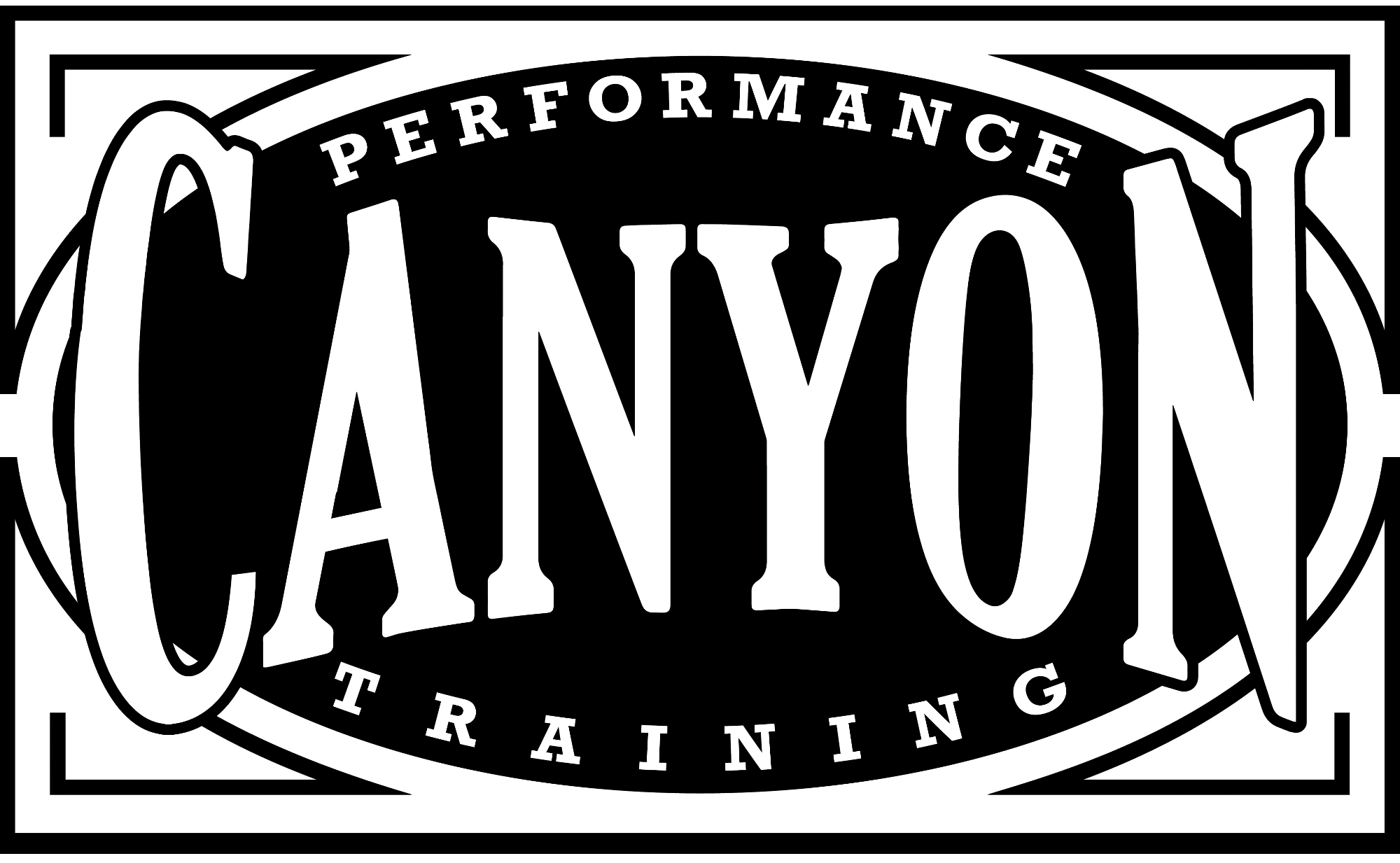 As part of the positive environment for the athlete, I provide a set of clear, specific instructions and goals. The athletes should never be unsure or confused about what I expect. It’s common for a coach to say something like “Don’t put too much weight on the bar” or “You need to try harder next time.” Huh? Such vague instructions are likely to create misunderstanding. The athlete must guess how much weight is too much, and they might use poor form because they can’t gauge how much harder they should work. They’re trying to follow the instruction, but it’s guesswork that might even prompt resentment and frustration. They’re not mind readers.
As part of the positive environment for the athlete, I provide a set of clear, specific instructions and goals. The athletes should never be unsure or confused about what I expect. It’s common for a coach to say something like “Don’t put too much weight on the bar” or “You need to try harder next time.” Huh? Such vague instructions are likely to create misunderstanding. The athlete must guess how much weight is too much, and they might use poor form because they can’t gauge how much harder they should work. They’re trying to follow the instruction, but it’s guesswork that might even prompt resentment and frustration. They’re not mind readers.
When working with athletes in the sports performance arena, especially with kids, instructions should be measurable. Be specific: “Let’s try 20 pounds. If that is not challenging you, let’s try 25 pounds” or “Today we are going to increase the weight by 5 pounds and do two sets as long as you can maintain form.” They know exactly what that means. They can now attack the program with confidence, and they feel comfortable enough to ask follow-up and clarifying questions.
Specific instructions are often vital to keep the exercise safe and healthy. When form is involved, athletes need to know precisely how to move to avoid injury. Even if it seems obvious or redundant, always give very specific instructions for the protection of the athlete’s safety as well as for establishing trust and confidence so they can continue to improve. Never assume an athlete gets everything on the first go-around. Repeat the instructions until the athlete can confidently perform the activity.
There are also times when you want athletes to work through a problem and find their own solution. Even after clear instructions have been given, there are a lot of moving parts and some things get lost or forgotten. These can be teachable moments. If you notice an athlete’s leg is out of alignment or they are moving in an awkward way, ask them to repeat the instructions and check their own movement patterns. This often leads to better form, quicker learning and athlete ownership in the activity.
Vague instructions generate doubt, second-guessing and hesitation in the athlete. They make the exercise less effective, and they could even leave the athlete vulnerable to injury. Clear, specific direction provides a way to assess the performance objectively, adjust expectations appropriately, promote safety, and empower success.
Remember to enter your e-mail address in the sidebar and subscribe to receive updates and offers. Do you know someone who would enjoy this article? Send it on!

